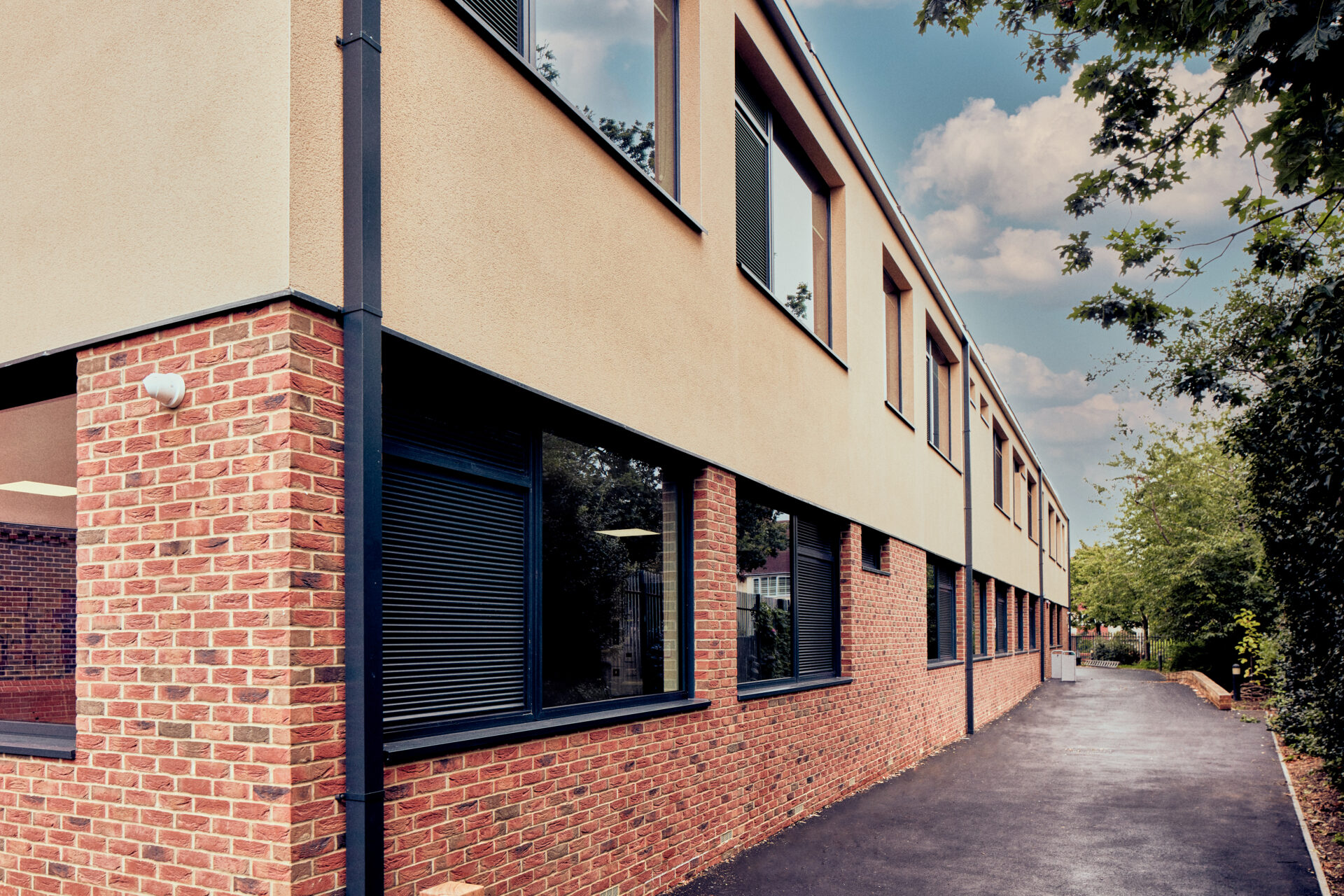Modular and offsite construction is often misunderstood as being less comprehensive than traditional methods. However, this is far from the case as modular construction must adhere to the same level of performance output as would traditional construction methods. Measurements such as Pre-Manufactured Value (PMV) can demonstrate that offsite construction delivers betterment in efficiencies and there is a strong argument that building in a manufacturing facility is safer and provides better quality controls. The precision and pre-manufacturing processes offer consistent results, from design to installation, without sacrificing adaptability or longevity.
What is modular construction?
Modular construction is the process where a building is constructed offsite, before being transported and assembled at the final location.
The modules are designed to fit together to form the entire building, built from many different prebuilt prefabricated parts which have been constructed away from the final location in a factory setting, ready to then be transported and installed together on site.
What are the benefits of modular construction?
There are numerous benefits of modular construction, including lower costs, greater efficiency, less waste, and the same durability you would expect from traditional methods.
Shorter construction times: Modular construction projects benefit from shorter overall timeframes. This is helped by the assembly of the modules taking place within a controlled factory environment, meaning there is a lower chance of factors such as bad weather affecting the build. The controlled conditions, ensure fast, high-quality manufacturing making certain that each module adheres to high quality standards that are built to last.The onsite installation phase can be completed in as little as a few days, delivering the full project quicker than is possible with traditional construction. Not only this, we are able to run tasks in parallel with each other, whilst the site works are being carried out – procurement and assembly of the units is taking place meaning once foundations are ready, the units can be delivered to site with no down time.
Minimal site disruption: The offsite manufacturing process allows for construction activity on the desired site to be kept to a minimum, with around 80% of the project taking place offsite. This reduces disruption of day-to-day activities on or near the site, which is particularly useful for healthcare and education projects, where regular access and constant operation is required. This minimal site disruption also helps to eliminate hazards to the public, reducing the risk of injuries and provides an operational facility quickly and efficiently.
Use of latest technology and innovations: Modular construction often uses the latest pieces of technology in design and production, such as Building Information Modelling (BIM), alongside introducing automated manufacturing processes. This means that those utilising modular building methods can lead innovation in the construction industry.
Fully functional at handover: Projects involving modular construction can easily be delivered as fully functional at the point of handover and can even include specialised facilities such as laboratories within school buildings. Our installations are also IT-friendly, and we can include containment systems and raised panels in the floor for access to cabling, allowing for the implementation of all IT equipment.
Low maintenance and high durability: Modular buildings are low maintenance and built to last, using durable materials manufactured to exact specifications. With proper care, modular buildings have a long lifespan, and our BBA approved galvanised modular system is guaranteed for up to 60 years.
Sustainability: The controlled factory environment and precision planning inherent to offsite methods dramatically reduces waste, with offcuts and surplus materials often being recycled or repurposed. This approach minimises the environmental impact while promoting a circular economy in construction. As well as this, offsite projects can achieve a 30% reduction in emissions during the construction phase, including factory energy use and a 60% decrease in transport emissions for materials and personnel. Most modular buildings are also suited for smart and energy efficient technologies, including LED lighting systems, heat recovery ventilation units and air source heat pumps. Buildings can be expanded, repurposed, or reconfigured to meet changing needs, while adhering to high-performance standards like BREEAM and Net Zero carbon requirements.
Benefits to local economies: Modular construction can help revitalise areas that may have been underdeveloped and help schools and hospitals to provide the vital space they need. Shorter construction times can contribute to the local economy, by providing jobs and infrastructure improvements faster than traditional ways. Here at Thurston Group, we’re leaders in modular offsite construction, having created bespoke building solutions for sectors including commercial, healthcare, residential, education, construction and infrastructure for the past five decades.
If you’d like to learn more the benefits of modular construction, or the bespoke solutions that Thurston Group can offer for your project plans, please get in touch with our team today.
